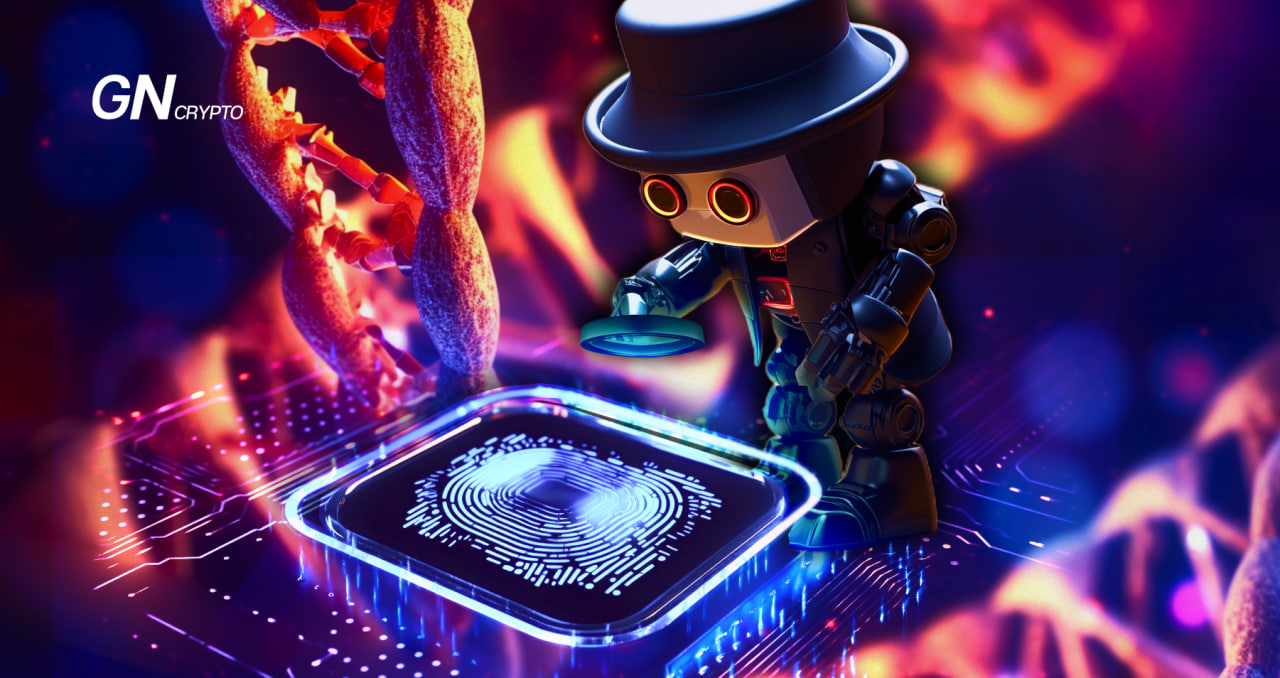How AI is Shaping Forensic Science

Four decades ago, forensic scientists began employing DNA analysis to solve cases, heralding a radically new era where the Sherlock Holmes of the world make way for forensic labs operating at the micro-level.
On this page
The rapid expansion of DNA databases introduced a new challenge: the sheer volume of data for analysis became overwhelmingly large, causing the criminal identification process to drag on. Moreover, the DNA sought was not always present in the database, leaving investigators with little to compare. As a result, investigative archives were flooded with unresolved cases, stored in the hope that a match would eventually be found.
This began to change in 2012 when Parabon Nanolabs received a grant from the Pentagon: The US Department of Defense financed research into simulating a person's physical traits based on their DNA data. This simulation, known as phenotyping, aimed to produce images of terrorists from only the genetic material found on explosive devices. It marked the entry of eagerly anticipated artificial intelligence into the field of forensics.
The methodology involves utilizing the genetic material from a large group of volunteers alongside scanned 3D images of their faces. Ellen Greytak, Director of Bioinformatics at Parabon NanoLabs, clarifies that for each face, over 20,000 different physical characteristics were identified. AI trains on this data, identifying correlations between DNA segments and the physical appearance of their carriers. This information forms the foundation of predictive facial models of potential suspects (or victims) that the machine generates based on the genetic material available to the investigators.
So far, specialists at Parabon NanoLabs can accurately predict skin color, pigmentation, hair color and texture, eye shape and color, as well as the shape of the nose and ears using AI technology. Moreover, AI can account for age progression, depicting the most probable age-related facial changes.
However, it's important to note that the technology doesn't guarantee an exact portrait match. Examining the gallery of images created by AI from genetic material, it's evident that some generated images are incredibly similar to the actual DNA carriers, while others bear only a passing resemblance to the original.
Cases Solved Using AI and Parabon NanoLabs Source: Parabon Nanolabs
One remarkable instance of Parabon NanoLabs' phenotyping work involved exonerating a Connecticut man accused of vampirism centuries ago. Upon exhuming the remains of an elderly man who died over two centuries prior, forensic scientists noted that his body had been reinterred. Based on the customs of that region, researchers speculated that the deceased was suspected of vampirism. Forensic scientists extracted DNA from the nearly decayed bones and recreated a detailed portrait, unveiling his unusually pale skin likely caused by tuberculosis, the disease from which he ultimately died.
AI Recreated the Face of the “Vampire” from Connecticut Source: Parabon Nanolabs
Perhaps an even more astonishing application of AI in forensics was the reconstruction of the faces of three ancient Egyptians. Scientists managed to extract their DNA from mummified remains over 2,000 years old. Parabon NanoLabs utilized this data to create detailed facial models of the mummies using AI. The reconstructions revealed that ancient Egyptians had dark skin, dark hair, and dark eyes but were genetically closer to the maritime peoples of the Mediterranean and Middle East than to the inhabitants of modern Egypt.
AI Reconstructs Faces of Mummies from DNA Source: Parabon Nanolabs
However, this pioneering forensic technology has already faced significant criticism. The issue lies in the fact that AI-based facial reconstruction from DNA analysis is not legally established anywhere, and the risks of inaccuracies are considerable.
Because modern facial recognition algorithms are trained neural networks, we just don’t know exactly what criteria the systems use to identify a face,
states Clare Garvie, a facial recognition expert and privacy lawyer.
Garvie describes Parabon Nanolabs' technology as a “black box model.” This term is used to describe advancements in artificial intelligence and machine learning that are so complex that humans cannot grasp how they function or the basis for the useful results they produce. In conclusion, software based on the black box model is increasingly employed by hedge funds, financial analysts, and private investors for developing trading strategies.
The content on The Coinomist is for informational purposes only and should not be interpreted as financial advice. While we strive to provide accurate and up-to-date information, we do not guarantee the accuracy, completeness, or reliability of any content. Neither we accept liability for any errors or omissions in the information provided or for any financial losses incurred as a result of relying on this information. Actions based on this content are at your own risk. Always do your own research and consult a professional. See our Terms, Privacy Policy, and Disclaimers for more details.




























